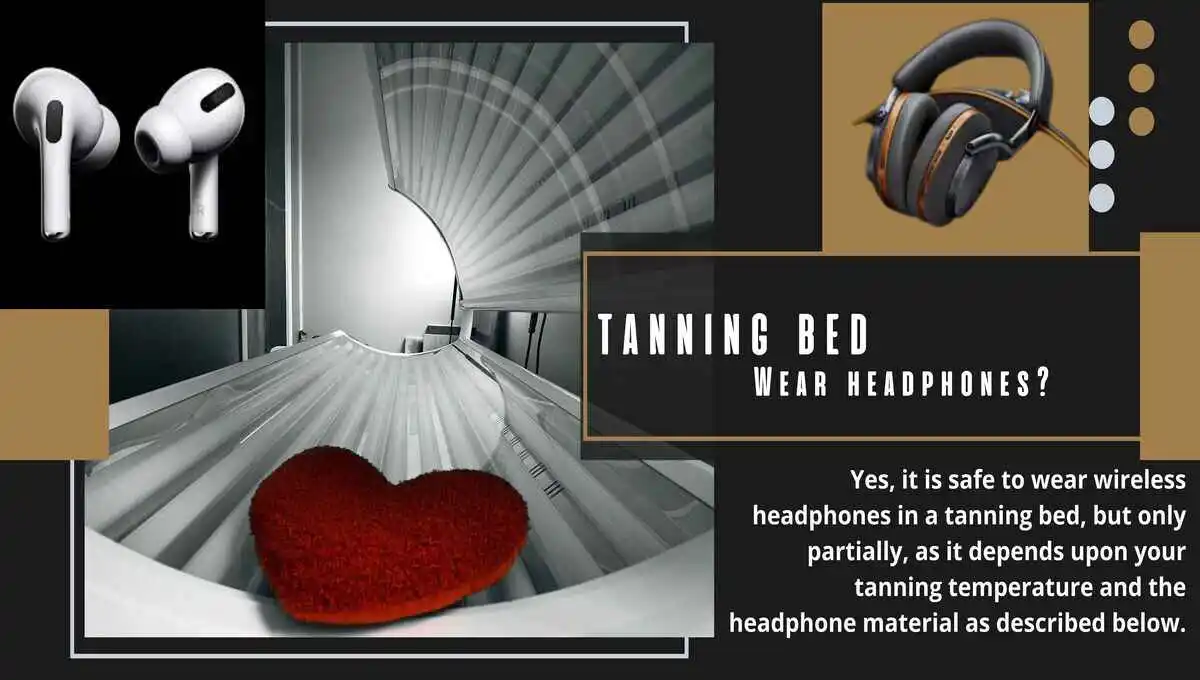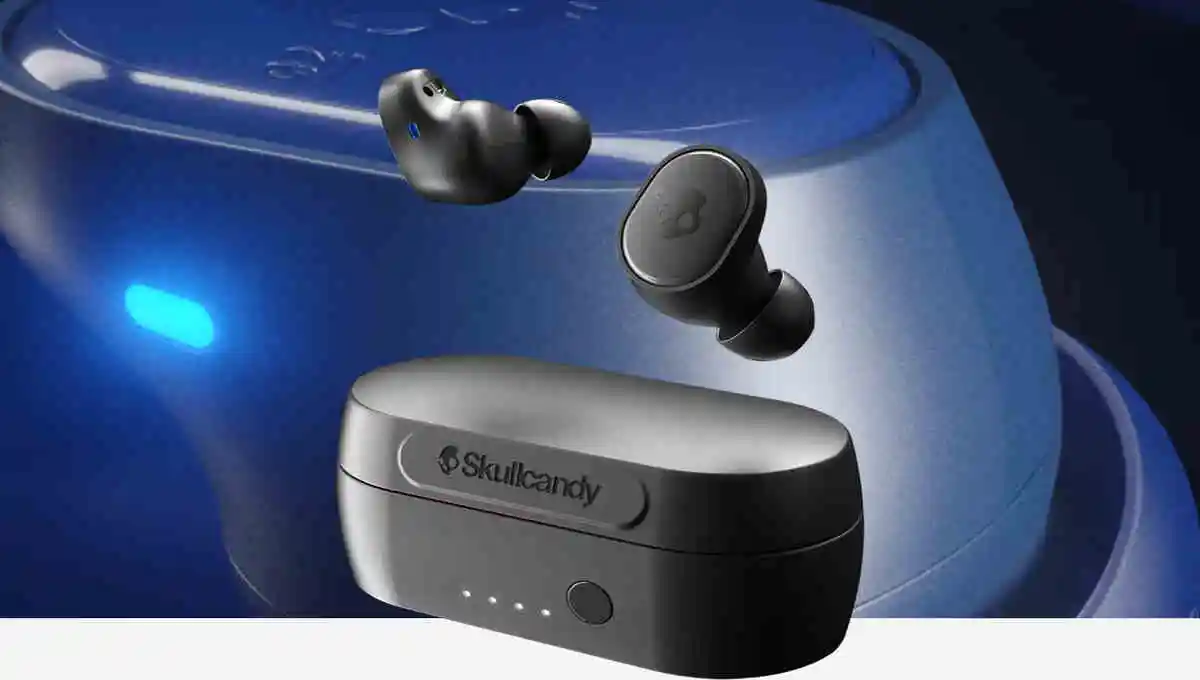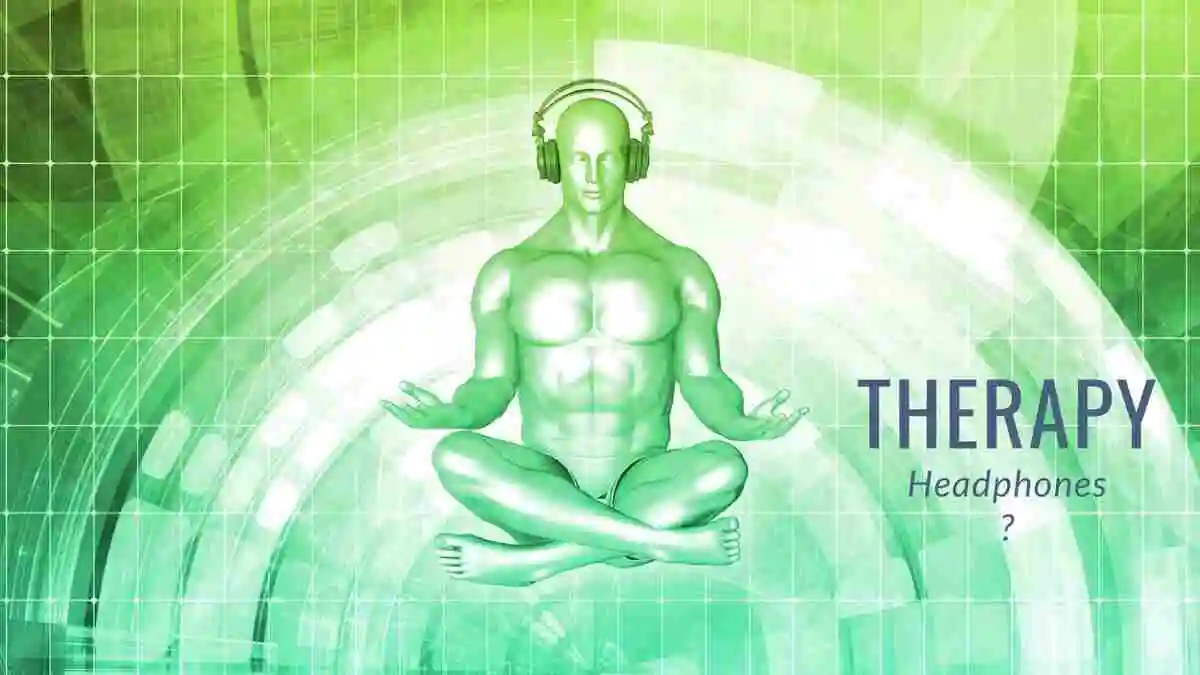In the realm of audio technology, the choice between bone conduction headphones and traditional earbuds has become a topic of interest for individuals seeking safer and more immersive auditory experiences. With concerns about hearing health and comfort on the rise, it’s important to delve into the key differences between these two types of headphones.
In this article, we will explore are bone conduction headphones safer than earbuds, the unique mechanisms behind each technology, and how they cater to various activities.
The Science Behind Bone Conduction and Earbuds (The Design)
Bone conduction headphones and traditional earbuds rely on distinct mechanisms to transmit sound to the listener. Bone conduction headphones work by sending vibrations directly through the bones of the skull, bypassing the eardrums.
In contrast, earbuds channel sound waves into the ear canal, making contact with the eardrums for sound perception. This fundamental difference plays a pivotal role in understanding the potential safety benefits of bone conduction headphones.
Are Bone Conduction Headphones Safer than Earbuds
Yes, bone conduction headphones are generally considered safer than earbuds. This is because bone conduction technology bypasses the eardrums, reducing the risk of direct damage from high sound levels.
Earbuds, on the other hand, can pose a higher risk of noise-induced hearing loss due to their proximity to the eardrums and the potential for users to increase the volume in noisy environments.
Bone conduction headphones offer a safer option for preserving long-term hearing health.
What Problems Can be Caused by Both?
Both bone conduction headphones and earbuds can potentially contribute to certain health problems if used improperly or excessively. Here are the potential health issues associated with each:
Problems Associated with Bone Conduction Headphones:
- Skin Irritation: Some individuals may experience discomfort or skin irritation if the bone conduction transducers come into prolonged contact with the skin around the temples or jawbone.
- Misalignment: Wearing bone conduction headphones incorrectly or for extended periods could potentially cause misalignment of the jaw, leading to temporomandibular joint (TMJ) issues in some cases.
- Sound Leakage: Bone conduction headphones might inadvertently leak sound to others nearby, especially at higher volumes, which could cause disturbances or annoyances.
Problems Associated with Earbuds:
- Hearing Damage: Listening to music or audio at high volumes through earbuds can lead to noise-induced hearing loss over time. The proximity of earbuds to the eardrums increases the risk of damaging sensitive auditory structures.
- Ear Infections: Inserting earbuds into the ear canal can introduce bacteria and increase the risk of ear infections, especially if the earbuds are shared or not kept clean.
- Ear Canal Discomfort: Prolonged use of earbuds, especially if they are not properly fitted or if they have a hard or uncomfortable design, can lead to ear canal discomfort or soreness.
- Isolation and Awareness: The noise isolation provided by earbuds can lead to reduced awareness of the surrounding environment, potentially causing safety issues, especially when engaged in outdoor activities.
- Tinnitus: Consistently listening to loud sounds through earbuds can contribute to the development of tinnitus, a persistent ringing or buzzing sensation in the ears.
Preventive Measures:
To mitigate these potential health problems, it’s important to follow some key preventive measures:
- Volume Limitation: Keep the volume at a safe level to prevent noise-induced hearing damage. The 60/60 rule is a good guideline: Listen at no more than 60% volume for a maximum of 60 minutes at a time.
- Fitting and Comfort: Ensure that your headphones or earbuds fit comfortably and do not cause discomfort or pressure on sensitive areas.
- Hygiene: Regularly clean your headphones or earbuds to prevent the buildup of dirt and bacteria. For earbuds, consider using disposable covers or cleaning tips.
- Breaks: Take breaks from prolonged headphone use to give your ears and auditory system a rest.
- Situational Awareness: If using headphones or earbuds in environments where awareness is crucial (e.g., while walking or cycling), consider using bone conduction headphones to maintain awareness of your surroundings.
Activity-Centric Performance: Bone Conduction vs. Earbuds
Bone conduction headphones and earbuds are designed to cater to various activities, each excelling in different scenarios.
-
Exercise and Outdoor Activities: Bone conduction headphones excel in activities that require situational awareness, such as jogging and cycling.
As they don’t block the ear canal, users can remain attentive to their surroundings, enhancing safety. Earbuds, on the other hand, may isolate users from their environment due to noise isolation.
-
Work and Communication: Bone conduction technology is ideal for professionals who need to stay connected while keeping their ears open to conversations and ambient sounds.
Earbuds may hinder communication by blocking external noises.
-
Music and Entertainment: Earbuds typically provide better sound quality and immersive audio experiences, making them a top choice for music enthusiasts.
However, bone conduction headphones offer a unique listening experience, allowing users to enjoy music without covering their ears.
Suitability for Different Age Groups:
Selecting the right audio technology, whether it’s bone conduction headphones or traditional earbuds, involves considering the needs and characteristics of different age groups.
Both options have their own advantages and drawbacks that can vary based on the user’s age. Here’s a breakdown of the suitability of each option for different age ranges:
Children (Ages 5-12):
Bone conduction headphones can be a safer option for children due to their design that doesn’t insert anything into the ear canal.
Since children’s ears are still developing and sensitive to damage, the reduced risk of direct eardrum exposure to loud sounds can be beneficial.
Additionally, bone conduction headphones can be a great choice for kids engaged in outdoor activities or educational content, as they allow awareness of the surroundings.
For children, earbuds should be used with caution. Their small size may make them more likely to be inserted too deeply into the ear canal, potentially leading to discomfort or even damage.
If earbuds are chosen, it’s important to select models with volume-limiting features to prevent exposure to harmful sound levels.
Teenagers (Ages 13-19):
Teenagers often gravitate toward technology that provides a rich audio experience. Earbuds, with their ability to deliver higher sound quality and immersive music playback, are popular among this age group.
However, responsible usage is key. Encouraging teens to take listening breaks, keep the volume at safe levels, and opt for noise-cancelling earbuds to reduce the need for high volumes can help protect their hearing.
Bone conduction headphones can still be a viable choice for teenagers, especially during sports and outdoor activities.
Teenagers shiould buy according to choise from Here and Here.
They offer the benefit of maintaining awareness of their surroundings, which is crucial for safety.
Adults (Ages 20-50):
Adults can opt for either bone conduction headphones or earbuds based on their preferences and lifestyle.
Those who prioritize safety and situational awareness might appreciate the benefits of bone conduction technology, especially when engaged in activities like running or cycling.
On the other hand, individuals seeking high-quality audio experiences and noise isolation might lean toward earbuds.
Buy Headphone for adults from Here and Here.
Balancing usage time and volume levels is important for this age group to prevent noise-induced hearing damage. Regular breaks and adhering to recommended volume levels can go a long way in preserving hearing health.
If you are an adult working in noisy environment than see following
Seniors (Ages 50+):
Bone conduction headphones can offer seniors a comfortable and safe audio solution. As we age, changes in hearing sensitivity and comfort levels can make traditional earbuds less appealing.
Buy headphones for seniors from Here and Here.
Bone conduction technology bypasses the eardrums, making it an attractive choice for those with potential hearing issues or discomfort associated with ear canal insertion.
Additional Considerations:
While bone conduction headphones offer safety advantages, they may not match the audio quality and noise isolation capabilities of traditional earbuds.
Users seeking a premium audio experience may lean towards earbuds. It’s essential to note that individual preferences, intended use, and comfort should guide the choice between these technologies.
Conclusion:
In the debate of whether bone conduction headphones are safer than earbuds, it’s evident that bone conduction technology provides distinct safety benefits by reducing the risk of direct eardrum damage from high sound levels.
With their unique sound transmission mechanism, bone conduction headphones also cater to various activities that demand situational awareness and communication without compromising on audio quality.
However, personal preferences and specific use cases should guide the selection between bone conduction headphones and traditional earbuds, ensuring a well-rounded auditory experience that prioritizes both safety and entertainment.







